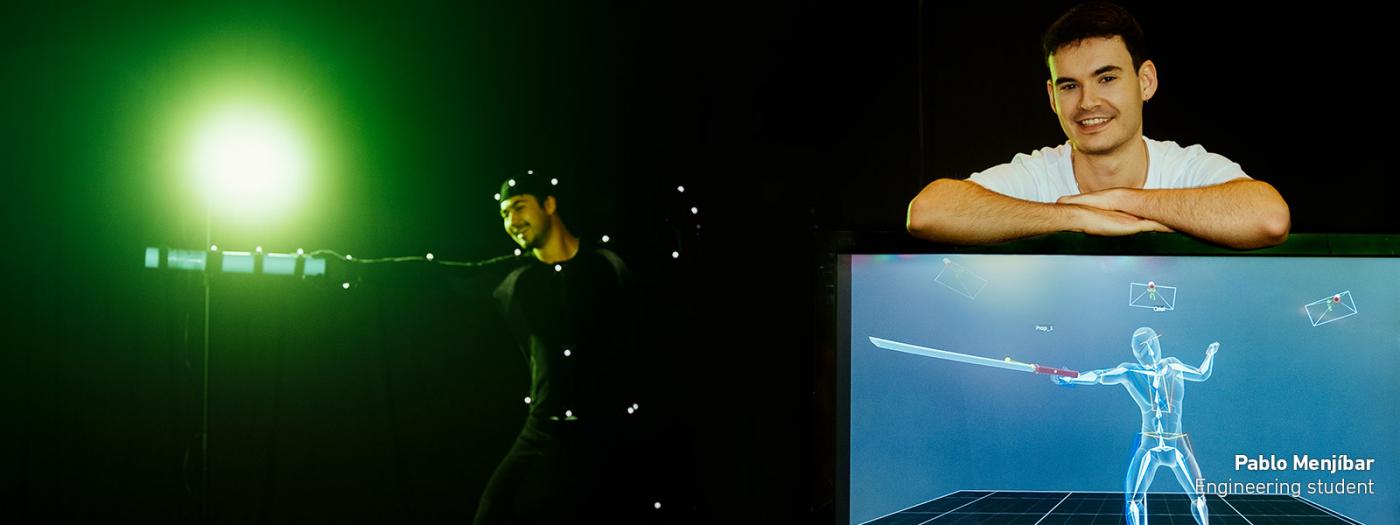In advertising, the web, virtual reality, video games, movies, television ... More and more 3D-generated content is required.
The subject of 3D Animation is the introduction to the world of digital creation. This course aims to be an introduction to digital creation in the most important phases such as modeling, texture, lighting and computer animation.
The essential framework of this subject is to be able to create 3D content for the video game industry and understand from a technical perspective the importance of assets in the performance of a video game.
Titular Professors
From a practical point of view, there are four practices that implement various skills acquired, integrating the different phases of 3D creation. Although the structure of the program is that described in all four topics and is generally done sequentially, we see an introduction to each topic in the first semester that is displayed from the first evaluable delivery where there are concepts mainly of modeling and also of textures and lights. It focuses mainly on the part of modeling and texture and is acquiring a progressive improvement in these technical aspects. Gradually new techniques and improvements are incorporated into the visualization of the 3D model.
3D Modeling
- An Introduction to 3D
- Snaps
- polygonal modeling objects
- polygonal modeling organic
- Open subdiv
- Modeling with splines
Textures and Shaders
- Materials / Shaders
- Mapping and Uvs
- Map Channels
or Bitmap
or procedural
- Unwrapp
Lighting and rendering
- Basics of lighting
- Daylight
- Types of lights
Introduction to Animation
- Introduction to animation
- Keyframing
- Introduction to Simulation
- Constraints: camera movement
- particle systems
The course will consist of four practices. The final grade for the course is represented in the following formula:
Final Grade= 20% · P1+ 15% · P2 + 15% · P3 + 50% · P4
Where P1 modeling / textures LEGO
P2: modeling / textures POKEMON
P3: modeling / textures / lighting HARD SURFACE
P4: Introduction DIORAM
This calculation will apply only if the grade of all practices is greater than or equal to 4.
STEED,Paul.Modeling a Character in 3dsmax.Wordware Publishing (2002)
BIRN,Jeremy. Digital Lighting & Rendering. New Riders (2000)
KERLOW,Isaac V.The Art of 3D computer Animation and Effects.Wiley (2004)
LEGASPI CHRIS, Anatomy for 3D Artists: The Essential Guide for CG Professionals (2015)
GAHAN ANDREW, 3ds Max Modeling for Games (2015)
DANIELE TODD, Poly-Modeling with 3ds Max: Thinking Outside of the Box (2015)
